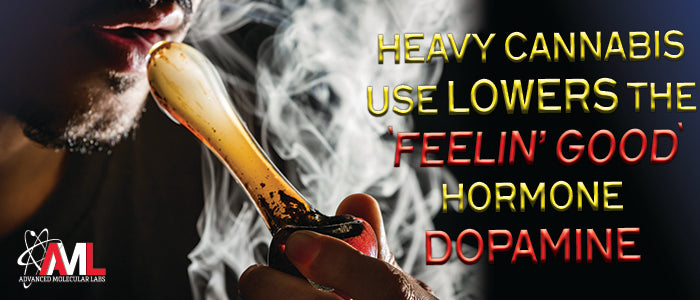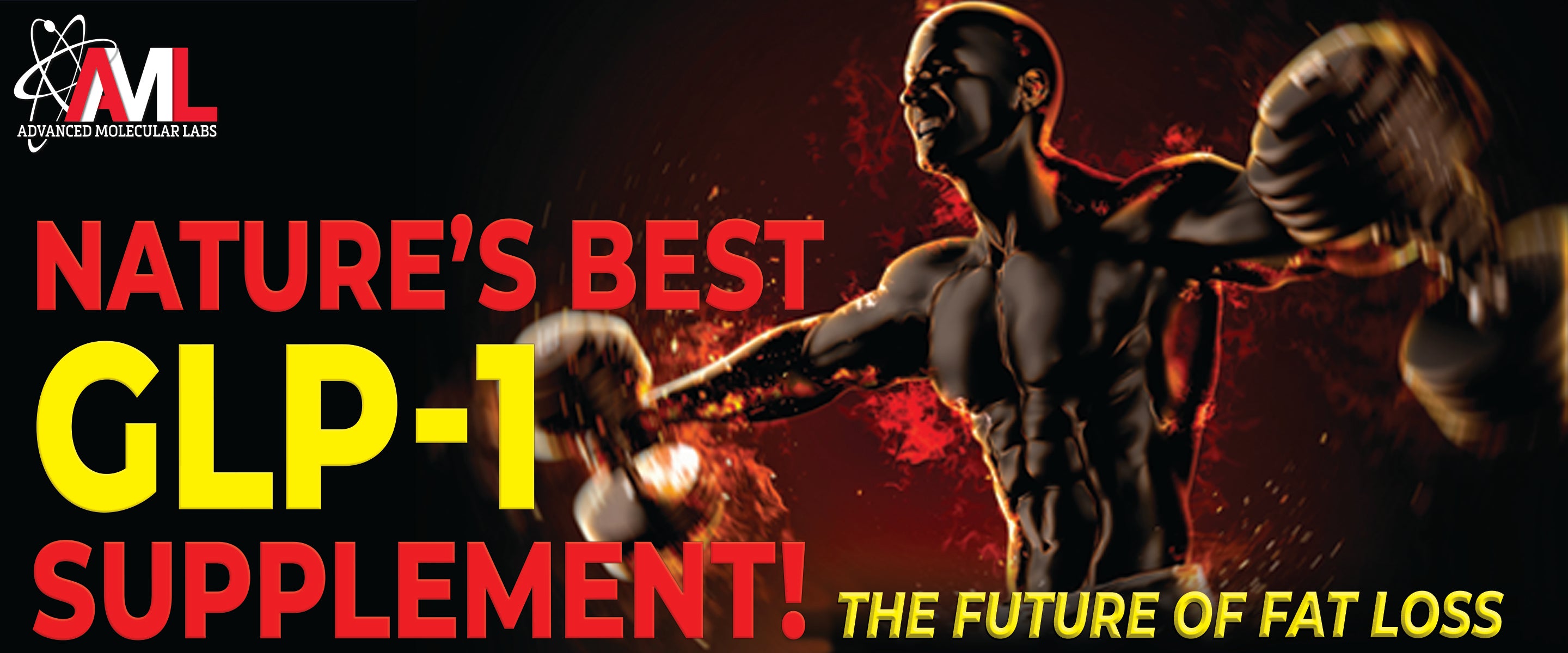


Heavy Cannabis Use Lowers The 'Feeling Good' Hormone Dopamine
By Steve Blechman
A study published on March 30, 2021 in the journal Frontiers in Psychiatry and Addictive Disorders reported that, “Over years, the regular use of cannabis has substantially increased among young adults, as indicated by the rise in cannabis use disorder (CUD), with an estimated prevalence of 8.3% in the United States. Research shows that exposure to cannabis is associated with hypodopaminergic anhedonia (depression), cognitive decline, poor memory, inattention, impaired learning performance, reduced dopamine brain response-associated emotionality, and increased addiction severity in young adults. The addiction medicine community is increasing concern because of the high content of delta-9-tetrahydrocannabinol (THC) currently found in oral and vaping cannabis products, the cognitive effects of cannabis may become more pronounced in young adults who use these cannabis products.”
A study published in Molecular Psychiatry found a connection between excessive cannabis use and decreased dopamine levels in the brain, which could lead to impaired memory, attention and problem-solving abilities. A study published in Molecular Psychiatry found evidence of a “compromised dopamine system” in heavy pot smokers, with significantly lower dopamine levels for those heavily dependent on cannabis.
“In light of the more widespread acceptance and use of marijuana, especially among young people, we believe it is important to look more closely at the potentially addictive effects of cannabis on key regions of the brain,” said Anissa Abi-Dargham, M.D., a professor at Columbia University Medical Center and an author of the paper.
Researchers looked at adults between the ages of 21 and 40 who were severely dependent on cannabis, and a group of healthy control subjects. Positron emission tomography (PET) was used to examine the level of dopamine released in the striatum of heavy pot smokers. The striatum is a region of the brain that is involved in working memory, impulse behavior and attention. Compared to the controls, the cannabis users had significantly lower dopamine release in the striatum, including areas involved in associative and sensorimotor learning. “Long term, heavy cannabis use may impair the dopaminergic system, which could have a variety of negative effects on learning and behavior,” Abi-Dargham said.
The neurotransmitter dopamine has many vital roles influencing divergent functions within the human body that range from mental acuity, psychological well-being and overall vitality. Previous studies have shown that addiction to other potentially abusive drugs, such as cocaine and heroin, have similar effects on dopamine release – but evidence linking cannabis to lower dopamine release has been lacking until recently.
Cannabidiol (CBD) and tetrahydrocannabinol (THC) are the two most abundant cannabinoids found in the marijuana plant, with THC containing approximately 12% to 25% and CBD containing 1.4%. The research has shown that CBD has calming and anti-anxiety effects by activating the adenosine receptors. CBD may have no effect on dopamine or lowering dopamine. People who use THC regularly lower their dopamine levels. CBD is an adenosine activator and it also doesn’t include the psyche-inducing effects of THC.
According to Business Insider, as reported on July 30, 2018, “nine states and Washington, D.C. have legalized marijuana for recreational use for adults over the age of 21. Medical marijuana is legal in another 30 states after voters in Oklahoma approved a ballot initiative to legalize medical marijuana in June.”
The article also stated, “Legal marijuana sales exploded to $9.7 billion in North America in 2017, according to a report from Arcview Market Research and BDS Analytics. That represents a 33% increase over 2016, shattering previous expectations about how quickly the marijuana industry could grow in the face of federal prohibition. By 2022, Arcview expects global spending on legal cannabis to hit $32 billion, representing a 22% growth rate over the four-year period.”
Research has shown that the amino acid L-tyrosine is a dopamine precursor and improves creative thinking. In research, subjects who were given 2,000 milligrams of L-tyrosine (the same amount in Dopa Rush Cocktail™) showed an enhanced capacity to perform convergent thinking – indicating that 2,000 milligrams of L-tyrosine likely improve creative thinking, as convergent thinking indicates a greater capacity for creative thinking.
One solution to boost dopamine levels, besides going easier on the weed, is the breakthrough product Dopa Rush Cocktail™ from Advanced Molecular Labs (AML). Dopa Rush Cocktail™ is the most potent dopamine-maximizing supplement on the market. Dopa Rush Cocktail™ is a dopamine MAXIMIZER that uses a scientifically backed formula to increase mental alertness, focus, clarity and energy. No crash, no jitters – just enhanced mood, creativity and motivation. Dopa Rush Cocktail™ is designed for students, athletes and motivated professionals for a mental edge in the office, in class or even in the gym.
For more information on Dopa Rush Cocktail™ go to https://advancedmolecularlabs.com/products/dopa-rush
©Published by Advanced Research Media, Inc. 2022
©Reprinted with permission from Advanced Research Media, Inc.
References:
- Cannabis-Induced Hypodopaminergic Anhedonia and Cognitive Decline in Humans: Embracing Putative Induction of Dopamine Homeostasis. Frontiers in Psychiatry. Blum Kenneth, Khalsa Jag, Cadet Jean Lud, Baron David, Bowirrat Abdalla, Boyett Brent, Lott Lisa, Brewer Raymond, Gondré-Lewis Marjorie, Bunt Gregory, Kazmi Shan, Gold Mark S. https://www.frontiersin.org/article/10.3389/fpsyt.2021.623403
- van de Giessen, E., Weinstein, J., Cassidy, C. et al. Deficits in striatal dopamine release in cannabis dependence. Mol Psychiatry 22, 68–75 (2017). 22 March 2016 https://doi.org/10.1038/mp.2016.21
- Bloomfield MA, Ashok AH, Volkow ND, Howes OD. The effects of Δ9-tetrahydrocannabinol on the dopamine system. Nature. 2016;539(7629):369-377. doi:10.1038/nature20153







